Children need freedom to explore their world safely. A child’s world isn’t just one place, it’s a mixture of houses, playgrounds, schools, and camps that are there for the child to learn and grow. These places must be safe for children to explore and learn on their own and that responsibility falls on us adults. It can be scary to let kids figure things out without help, but with a little bit of preparation, you can ease that anxiety.
Here are 10 precautions you can take and use in everyday life to make sure your child is safe while learning and exploring.
- Buckle up and use age-appropriate car seats
- Get recommended immunizations and attend doctor visits regularly
- Maintain regular dental visits
- Teach basic road safety like using crosswalks and looking both ways
- Teach Stranger Danger tactics including: knowing mom and dad’s full name, memorizing phone numbers, never going anywhere with a stranger, etc.
- Use bicycle safety items like a Helmet, knee pads, Elbow pads, Lights, bells, flag, training wheels,
- Teach your child water safety basics including: never swim alone, wear a life-jacket, enter water feet first, etc.
- Make sure kids are following playground rules like no running and using equipment properly
- Have a first aid kit Ready with essentials like Band-Aids, disinfectant, and icepacks.
- Keep a daily medicine chart in an open area so all family members know when, where, and how to safely administer and dispose of medication children may be taking.
Young children especially love to explore. It is in their biology to want to touch, pull, taste, and smell, to learn about their environment. There are dangers in and around our homes that we need to always be mindful of Get down on our hands and knees and view the world as a toddler; what you can pull, grab, and bite so can your child.
Here are 12 of basic home safety precautions you can make to ensure your house is safe for kids.
- Use outlet covers
- Hide the strings for blinds
- Make sure your charging cords are stored correctly
- Put up baby gates where needed
- Cover sharp corners
- Use cabinet locks
- Install smoke and carbon detectors
- Keep cleaning supplies and medicine out of reach
- Keep pets away from infants and make sure they are trained to be around young children
- Have emergency contact info clearly displayed in a visible area that contains doctor name and phone number, insurance information, closest hospital, poison control phone number, etc.
- Make sure any guns or firearms in the home are stored correctly
- Remove child height stools to reach counter tops unless supervised
Going over all of this information can be overwhelming, but it is good to have a checklist to help be aware of potential dangers in any home or environment.
Bonus tip: have a friend or family member do a safety walk through with this information to look for hazards that you may have overlooked. The more people that are involved in ensuring kids are safe while they explore and learn makes it easier to manage.
-Liz & Amy




